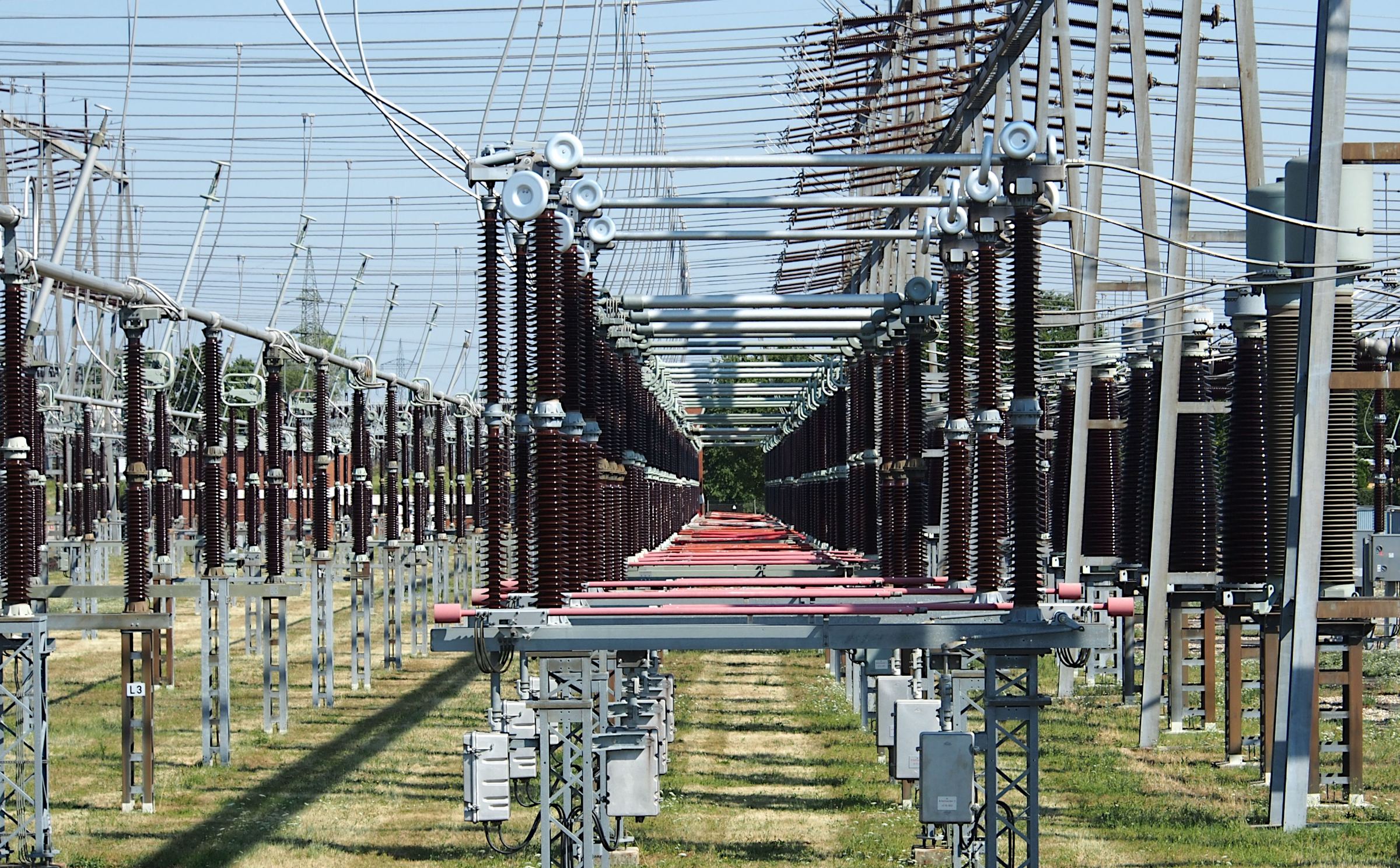Investigation of Landing Techniques of Athletes During Long Jump using FEA
Abstract
Long-jumping is a vigorous athletic event with high speed. Due to so fast run-up and take-off velocities in horizontal and vertical directions, significantly large and varying impact loads often appear in the femur bone region so that the long jumpers are often badly injured. Based on the physical conditions of an ordinary man long-jumper, a combination of finite element analysis (FEA) and inverse dynamics analysis approach was tried analyzing the real and detailed long-jump process. Research results show that the maximum resultant force appears the second phase of the long-jump and that the most notable deformation, displacement and the maximum stresses are all located at the medial sides, especially at the lateral condyle of the femur bone. Our results show that the calculated maximum displacement and Von Mises stress were 0.28mm and 133.53 Pa respectively. Our results show the feasibility and effectiveness of performing inverse dynamics analysis as a preliminary step to FEA and provide an insight into the injury mechanism on the femur bone of long jumpers.
Keywords: FEA, bone region, lateral, condyle
















